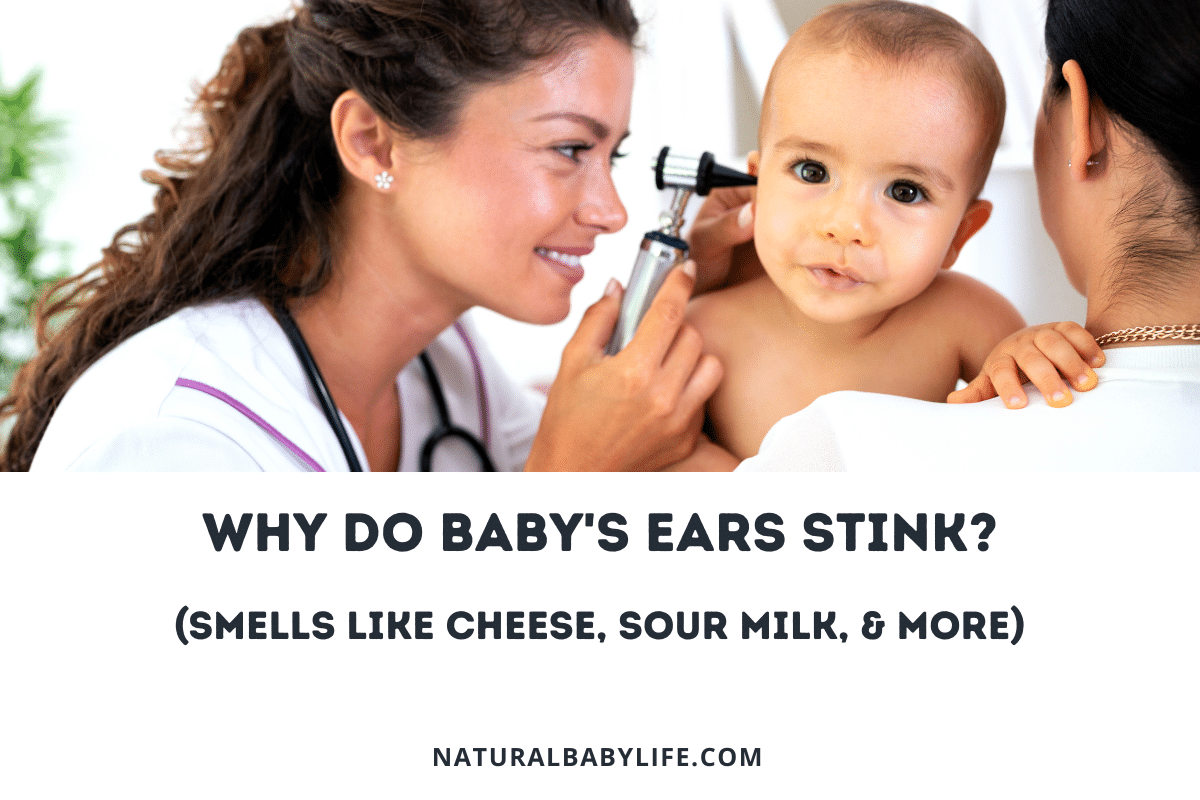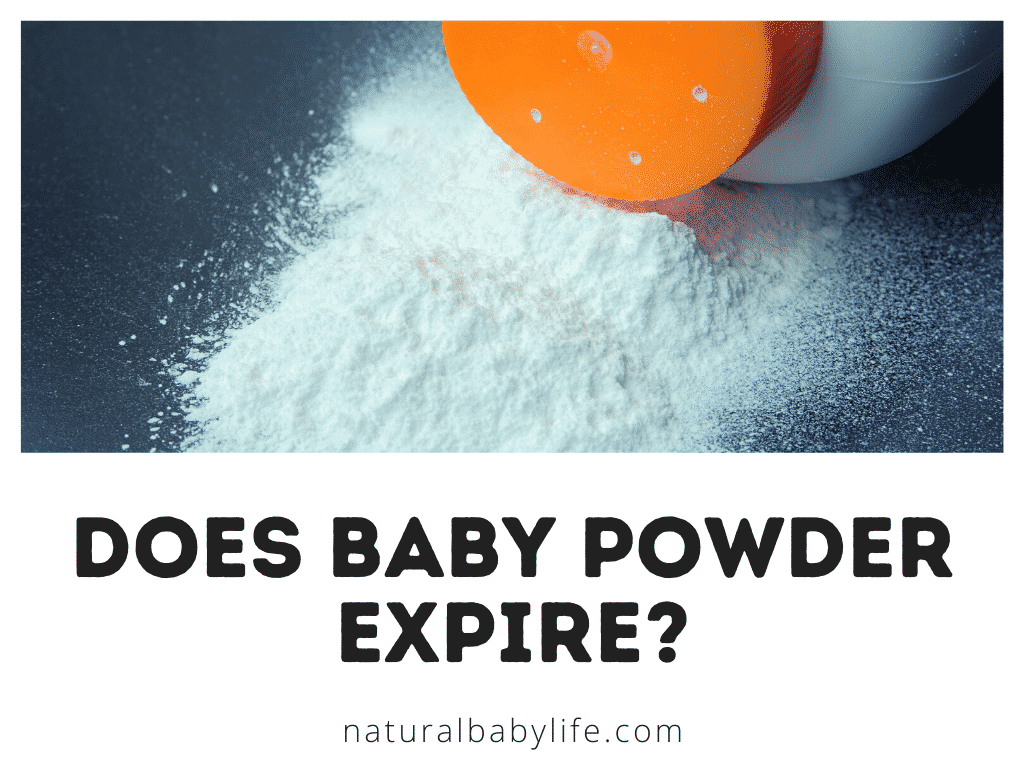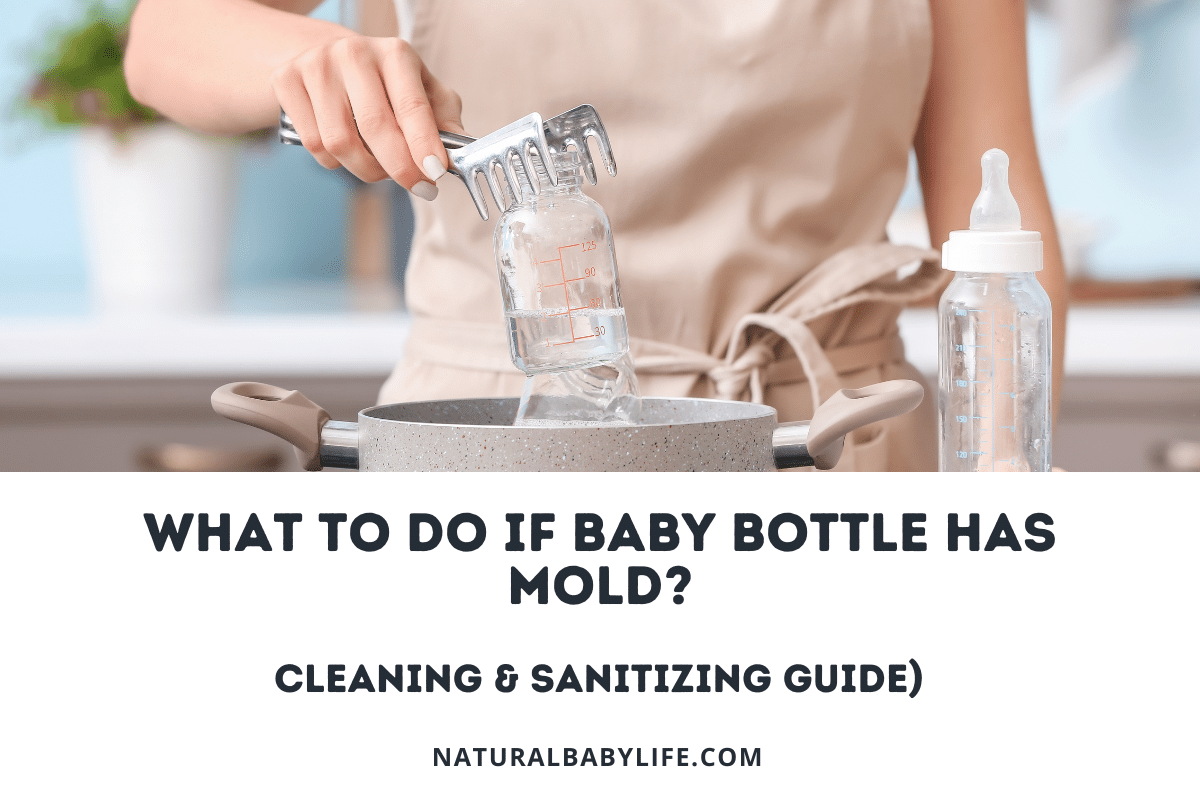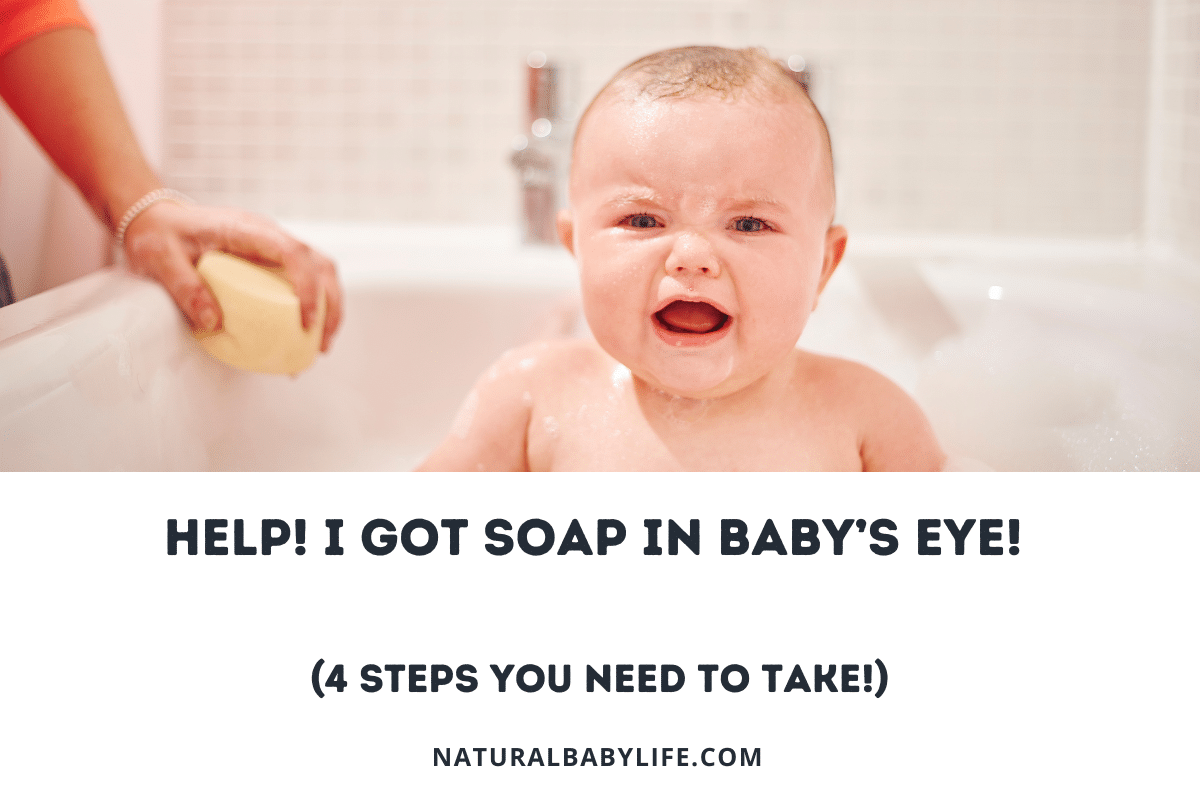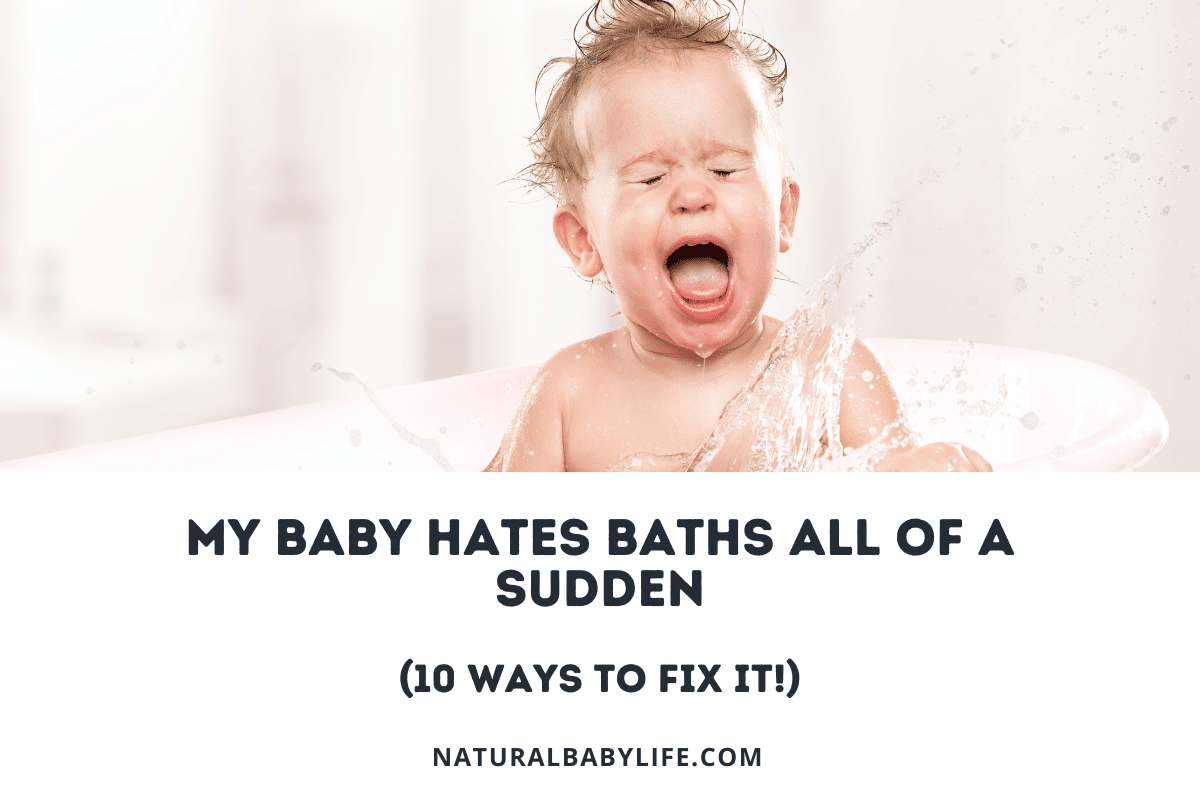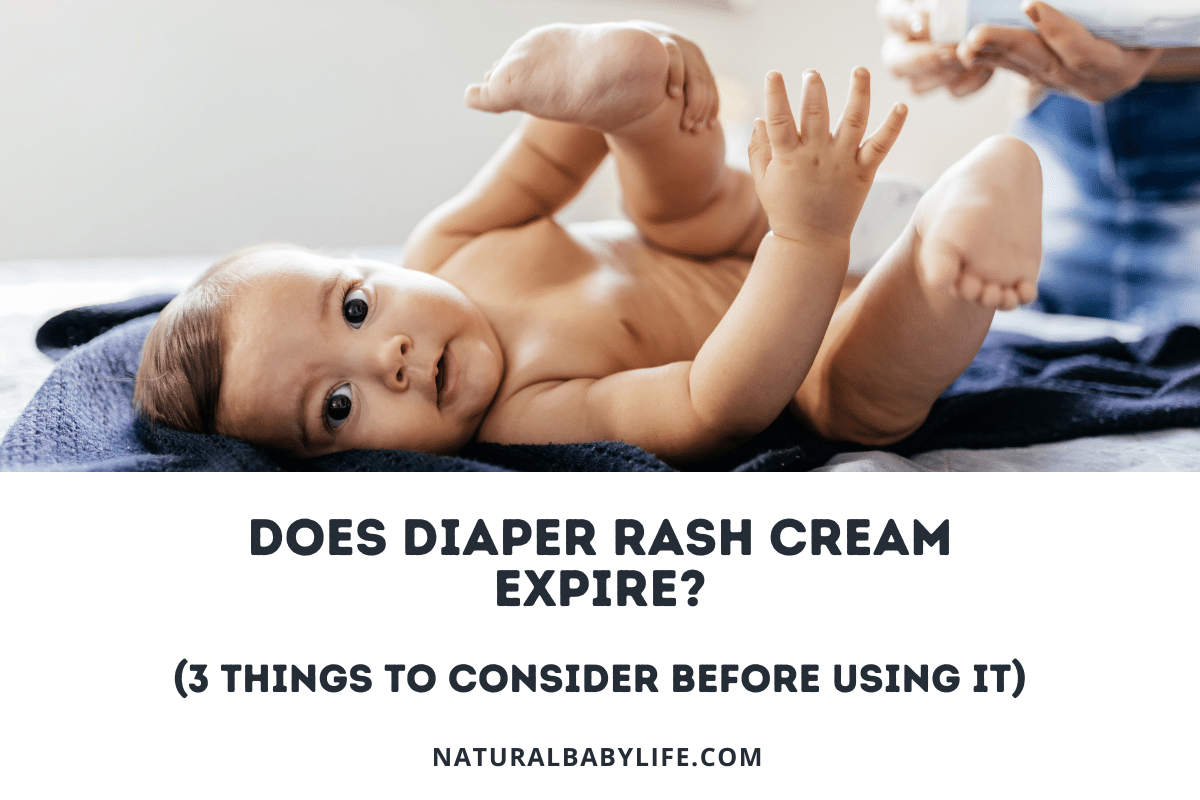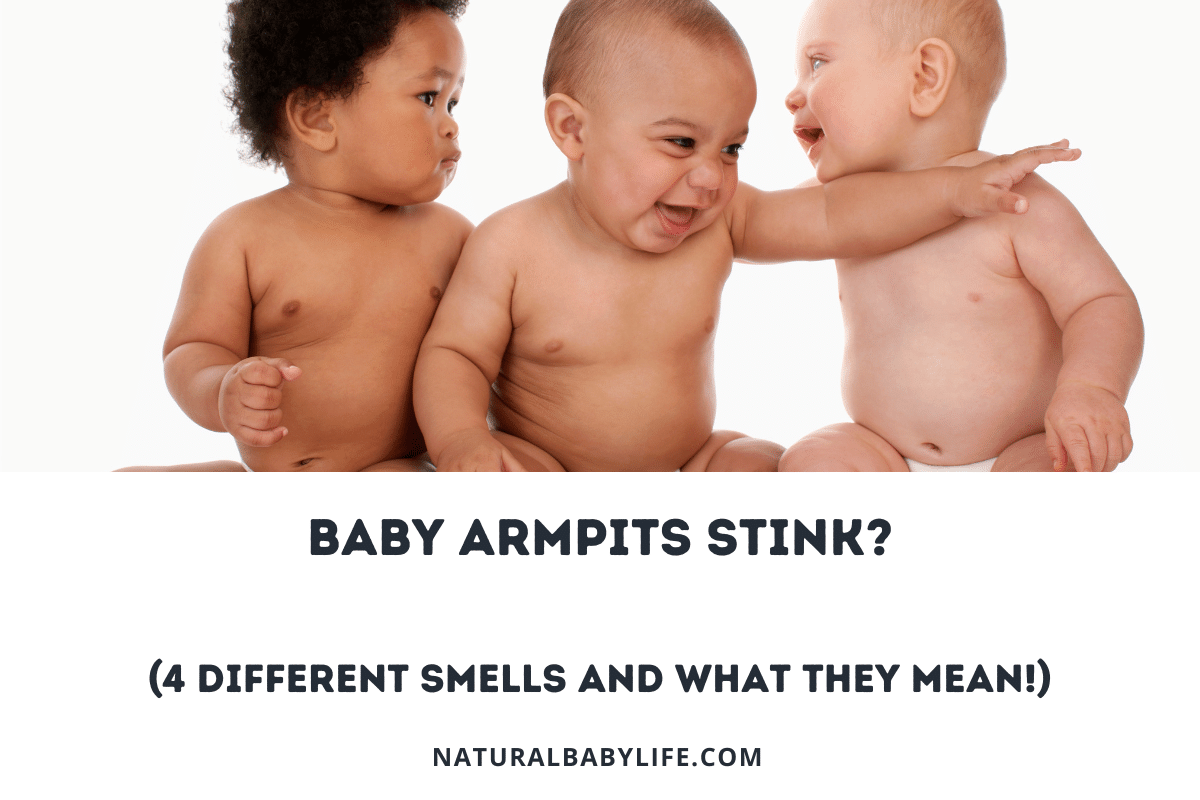As new parents, you will be introduced to a world of various sights, smells, bodily fluids, and health-related questions you never thought you’d ask, including why do Baby’s ears stink. Baby ear smells can seem innocent, but when are they an indication of something more serious?
A baby’s ears could smell because of yeast infections, bacterial infections, swimmer’s ear, milk spills, cradle cap, and other medical conditions. It could also simply be wax building up inside the ear. It is important to pay attention to the exact nature and source of the smell to determine if you need to consult your pediatrician or simply wash her ears a little more thoroughly.
Read on to learn more about different baby ear smells, how to identify a potential infection, and how to best clean and care for your baby’s ears.
Table of Contents
Why do Baby’s ears stink?
As a concerned parent, you probably start worrying when something seems off about your baby and strange smells definitely fall into that category. While our minds typically leap to the worst-case scenario, there is usually a reasonable explanation for off smells – even in your baby’s ears.
In most cases, these issues can be resolved fairly easily and quickly but they might require a trip to the pediatrician.
An unpleasant or unexpected smell coming from your baby’s ear may be a sign of an infection or wax buildup but, depending on the smell, it could indicate something else is wrong. Pay special attention to what kind of smell you notice – is it fish, vomit, wax, cheese, sour milk, sweet, or poop?
Different smells can indicate different things. Let’s take a look at some of those variables below.
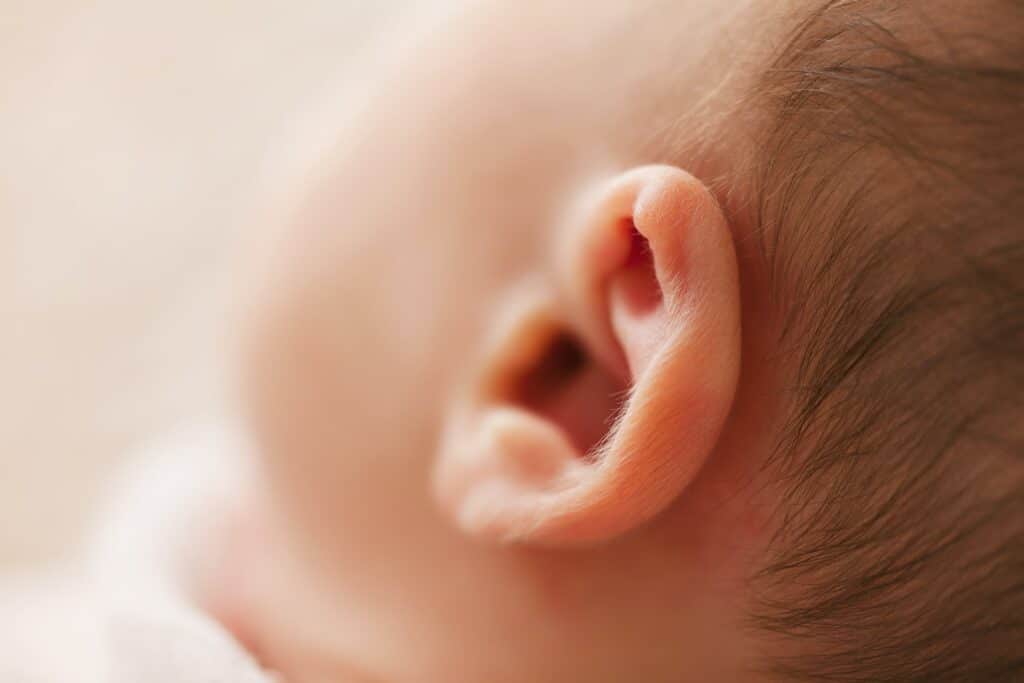
Fish
A fishy smell could indicate a fungal or bacterial-based ear infection. It could also signal the presence of gunk accumulating behind their ears, inside the inner folds of the ears, or in their neck folds.
Check around their ears for any suspicious-looking areas of skin that need to be cleaned and check their ears for any other signs of infection.
When in doubt, schedule a visit to their doctor.
Vomit
If your child’s ears smell like vomit, it is possible that they simply got a little bit of spit-up in their ear.
However, ears that smell eerily reminiscent of vomit could also indicate an ear infection. Some parents have described their child’s ear infections as smelling like throw-up, so if the smell is very strong and is unusual for your child, contact their pediatrician for advice.
Wax
Wax is a naturally protective part of your child’s ears that helps keep out dirt and bacteria. But if the earwax is problematic or causing any kind of discomfort, your child’s doctor can usually prescribe some special eardrops or help you clean them out right there in the office.
Although earwax usually does not have a strong smell, a sudden increase in wax could indicate an infection or a case of “swimmer’s ear.” Swimmer’s ear occurs when water gets trapped inside the ear and is usually treated with prescription eardrops.
Cheese
Ears that smell like cheese most likely point toward the presence of an ear infection.
Check first behind your child’s ears and around the folds of their neck to make sure the smell isn’t coming from a build-up of dirt and oil on their skin.
If the smell lingers after a thorough bath and scrub-down of those areas, it may be time to visit your child’s pediatrician.
Sour Milk
A smell that reminds you of spoiled milk is also a strong indicator of an ear infection. If you think this may be the case, be sure to contact your baby’s doctor.
It is also possible that your little one is simply suffering the effects of having breastmilk or formula dribble down into their ears during feeding times. If you don’t see any other signs of an ear infection, check behind their ears and in the folds of their earlobes to see if you can find any leftover residue from their breakfast!
See the section further down in this article about how to best clean your baby’s ears.
Sweet
Baby ears that smell sweet are typically not a cause for concern, but occasionally it could indicate a very rare disorder known as “maple syrup urine disease” in which a buildup of amino acids in the body causes sweet-smelling bodily fluids. Before you freak out, know that this disorder is extremely rare and is usually caught early on with genetic screening.
That sweet smell you’re noticing is probably due to something they ate or got into, but when in doubt, ask a doctor!
Poop
Do your child’s ears oddly smell like poop? Don’t panic – this most likely is a result of a buildup of old earwax, poor hygiene behind the ears, or possibly an infection.
If you see an unusually large amount of earwax, crust, or other discharge coming from your child’s ears, this is most likely the cause of the smell. You will need to check for other signs of infection and pursue treatment if necessary.
If the inside of the ears seems clean, it is most likely coming from the back of the ears. More frequent washing and drying of the area behind the ears should solve this problem.
How do you know if your baby has an ear infection?
Ear infections usually come with other symptoms besides their distinctive smells, so keep an eye out for these tell-tale signs:
- Fever of 100.4˚F (38˚C) or higher
- Crust or discharge from the ear
- Increased redness or ear pain
- Cranky or fussy behavior
- Unexplained crying
- Excessive tugging on the ear
- Trouble sleeping
- Trouble hearing
- A loss of balance
- Loss of interest in eating or drinking
When in doubt, it is always a good idea to contact your child’s pediatrician.
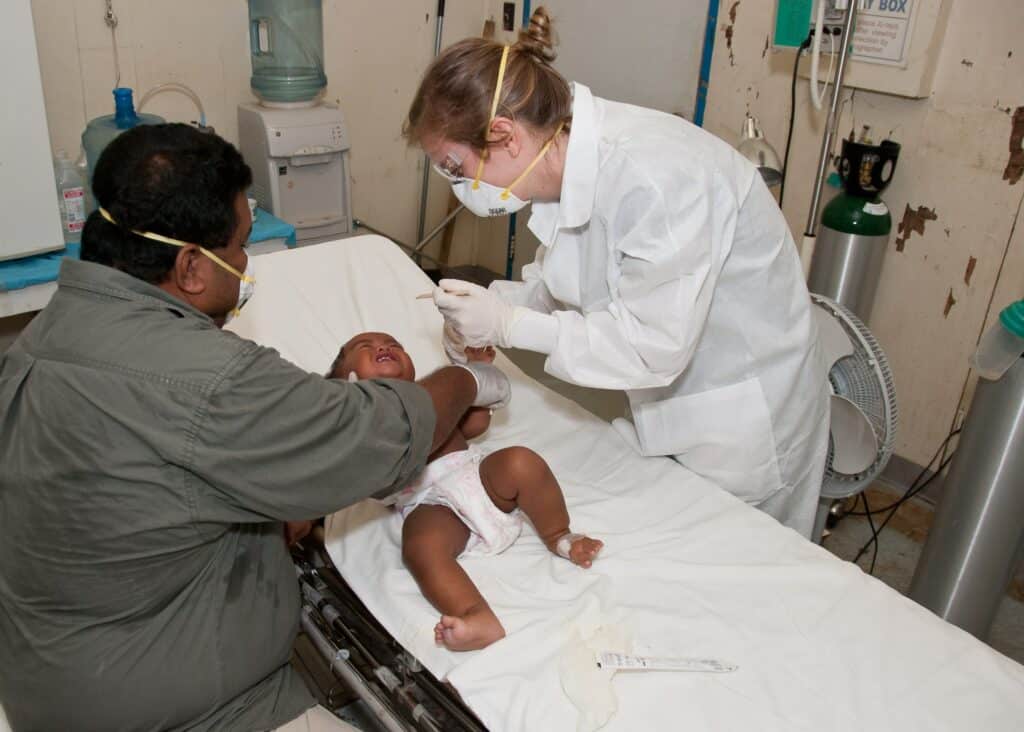
What does an ear infection smell like?
Bacteria and yeast put off their own distinctive foul odors. Usually, an ear infection will be accompanied by a sour, fishy, or musty smell.
You know your child best, so if any scent seems to appear suddenly or smells out of the ordinary, a trip to the pediatrician never hurts.
How do you treat an ear infection?
If your little one does have an ear infection, they may need antibiotics to clear it up. Because antibiotics can have side effects and are often overused, your doctor can make the best call on whether or not they are necessary in your child’s particular case.
Many times, ear infections can be treated with home remedies such as using warm compresses, giving extra fluids, and possibly over-the-counter fever-reducing medications. Antibiotic eardrops may also be given in place of oral antibiotics.
Remember, it is normal for most young children to experience at least one ear infection before the age of 5. However, children that get frequent infections or are experiencing hearing loss from their infections may be a candidate for ear tubes. These small tubes help prevent further infections by promoting better drainage of the ears.
Why does it smell behind my baby’s ears?
Is your child’s ear smell coming from behind rather than inside their ears?
This is most likely due to a slight overgrowth of yeast in the area behind their ears. It could also just be a simple buildup of dirt and grime. Proper hygiene should quickly eliminate this scent.
Can babies get cradle cap behind their ears?
Despite the name, cradle cap is really just a common name for a specific type of dermatitis.
Cradle cap (officially called seborrheic dermatitis) is a common baby skin condition caused by excessive oil production and a certain type of yeast. In some infants, cradle cap may extend beyond the scalp and include the area behind their ears, the back of their neck, and other areas where the skin folds.
Treat these areas just like you would treat a case of cradle cap on your child’s scalp. Home remedies include olive oil, coconut oil, or petroleum jelly. Washing the affected areas daily with mild baby shampoo may also help.
If your child’s skin is particularly irritated, crusty, painful, or appears infected, contact your child’s pediatrician. Anti-fungal cream or steroid cream may be prescribed to help combat it.
How to clean your baby’s smelly ears
Your baby’s ears should be cleaned thoroughly daily or every time they have a bath.
When your child’s ears are particularly problematic, you can cleanse briefly between baths as well with a wet washcloth. Usually, water will suffice, or you can use a small amount of mild baby soap or shampoo. Try to find products that natural or organic and chemical-free if possible. Do not stick anything inside your child’s ears.
One of my favorite baby soaps is made by Babyganics. It has a great ingredients list, it has a pleasant ‘fragrance-free’ scent and it seems to last FOREVER! You can check it out here along with all of the great reviews from other parents like you!
To clean behind your baby’s ears:
- Wash the skin thoroughly with a mild baby shampoo or body wash and rinse thoroughly.
- If your little one’s ears are prone to getting crusty, you can enhance their cleaning by gently scrubbing with a soft washcloth.
- Be sure to dry thoroughly behind the ears as well after bath time is over.
To clean the outside of your baby’s ears:
- Apply a little bit of soap or shampoo to a washcloth or cotton ball.
- Use the washcloth or cotton ball to gently go over the folds and flaps of the outer ear.
- A cotton swab can be used to better clean inside the crevices and folds of the outer ear – but do NOT stick anything in the ear canal itself.
- Rinse thoroughly & dry gently to prevent crust or buildup.
Should you clean inside your baby’s ears?
This question might seem obvious but many parents are cautious about cleaning inside their baby’s ears because they are so small and they don’t want to get water down into the canal.
Although your first instinct might be to grab a cotton swab and go to town, most doctors recommend against using such an invasive tool on your child’s ears. Using a cotton swab can actually push gunk and ear wax further into the ear canal, increasing the risk of infection.
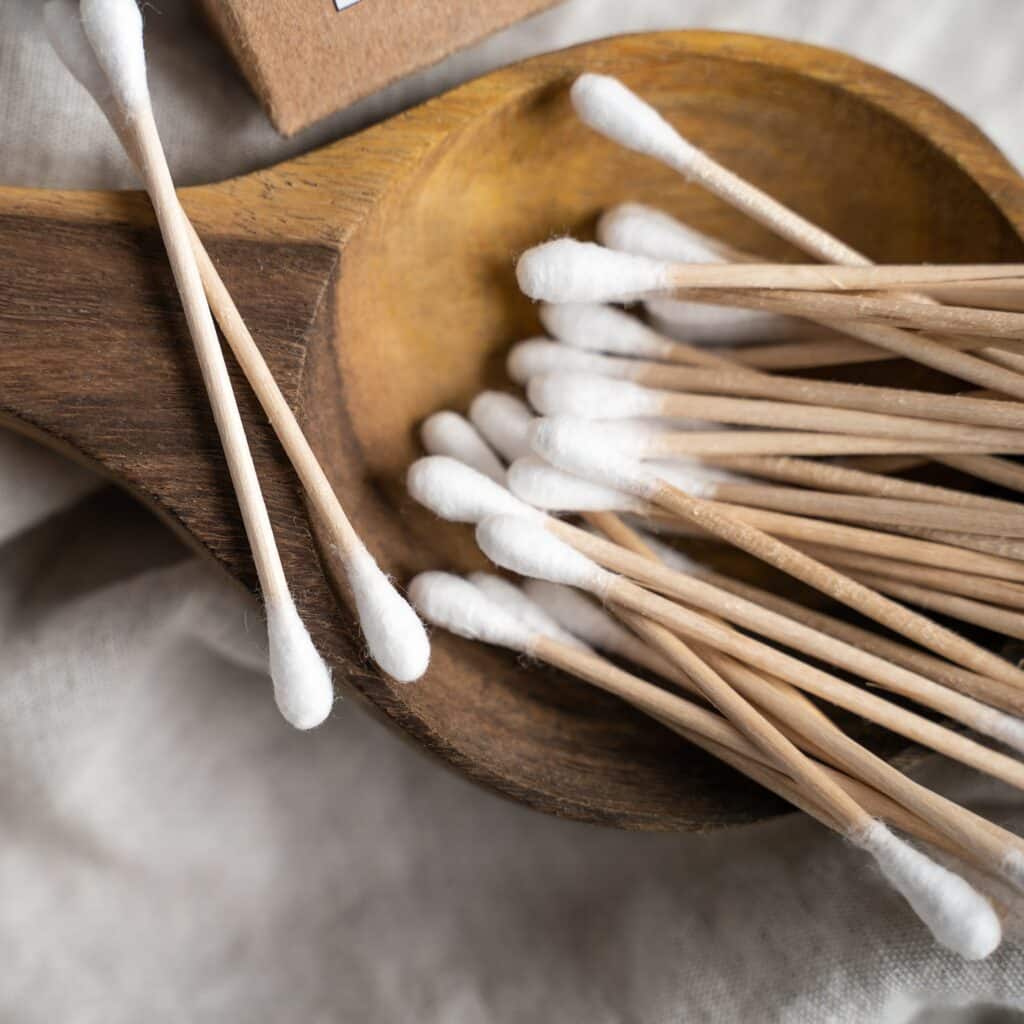
Do not use your finger either to try and dig out wax or dirt from your child’s ear. Pushing any foreign object into the ear can also cause serious damage to the eardrum or ear canal.
In addition, earwax is actually beneficial to the ear and in most cases should not be removed. So despite the temptation to remove it, it is generally recommended to leave earwax alone.
If you still feel that your little one has excessive earwax, you could try softening the wax with a few drops of baby oil or hydrogen peroxide before attempting to remove it. After the wax has successfully been softened (usually after a day or two), you can spray warm water into the ear while allowing it to tilt down to drain.
Dry thoroughly to prevent infection and be sure to consult a doctor if you have any questions or concerns.
Your child’s pediatrician is knowledgeable on how to remove particularly stubborn earwax in their office. They can also usually tell at a glance if the amount of wax is an issue or not. In general, though, earwax does not need to be removed unless it is causing pain or hearing loss.
Remember, if you have any questions or concerns regarding your child’s ears, especially if you suspect the presence of an infection, be sure to contact your child’s doctor.
Conclusion
Many of your child’s stinky ear solutions can be solved with a thorough cleansing with soapy water around the ear and in the outer ear. Smells that linger beyond that often point to some type of infection or other condition that requires medical intervention.

